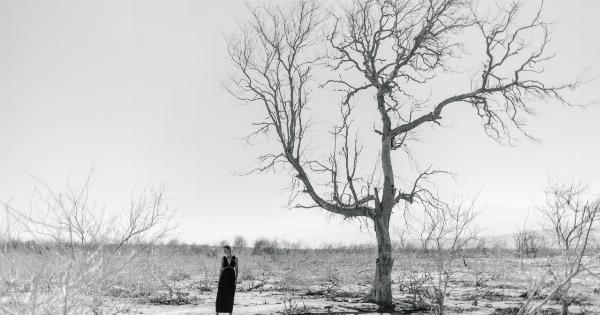Skotodine is a term that refers to the abnormal fear of darkness. People who suffer from this condition often experience intense feelings of anxiety, distress, and panic in the absence of light.
Skotodine can impact an individual’s day-to-day activities and overall quality of life. In this comprehensive guide, we’ll explore the causes of skotodine, its symptoms, and potential treatments.
What Causes Skotodine?
The exact cause of skotodine is not yet known. Some studies suggest that it may be linked to a person’s genetics or past trauma.
Experiencing a traumatic event, such as a physical attack or natural disaster, can leave a lasting impact on an individual’s mental health. People who have experienced trauma may develop skotodine as a result of associated fears and anxieties.
Skotodine can also arise as a result of other underlying mental health conditions. For example, people who suffer from claustrophobia, panic disorder, or specific phobias may be more prone to developing skotodine.
Skotodine Symptoms
Skotodine can be characterized by a variety of symptoms and behaviors, including:.
- Intense fear or panic at the thought or presence of darkness
- Heart palpitations, sweating, and other physical symptoms of anxiety
- Difficulty sleeping or nightmares related to darkness
- Avoidance of situations where darkness is present
- Feeling on edge or easily agitated in the dark
If you or someone you know is experiencing any of these symptoms, it’s important to seek professional help.
A mental health professional with experience in treating anxiety disorders can help identify the underlying cause of your skotodine and provide treatment recommendations.
Treatments for Skotodine
The most common treatments for skotodine include exposure therapy, cognitive-behavioral therapy (CBT), and medication.
Exposure therapy involves gradually exposing the person to darkness in a controlled environment and teaching them coping skills for managing their anxiety. CBT focuses on changing negative thought patterns that contribute to anxiety and teaching the person new skills for coping with their fear.
Medication is often used in conjunction with therapy to help manage symptoms.
Anti-anxiety medications, such as benzodiazepines, can be used to alleviate acute anxiety symptoms, while antidepressants can help manage long-term anxiety and associated depression.
Worries of Skotodine
Left untreated, skotodine can significantly impact a person’s quality of life. People with skotodine may avoid activities they once enjoyed and experience difficulty functioning at work or in social situations.
Skotodine can also lead to other mental health conditions, such as depression and substance abuse, as well as physical symptoms such as headaches and stomach problems.
However, skotodine is a treatable condition, and seeking help is the first step towards recovery. With proper diagnosis and treatment, people with skotodine can learn to manage their symptoms and regain control of their lives.































